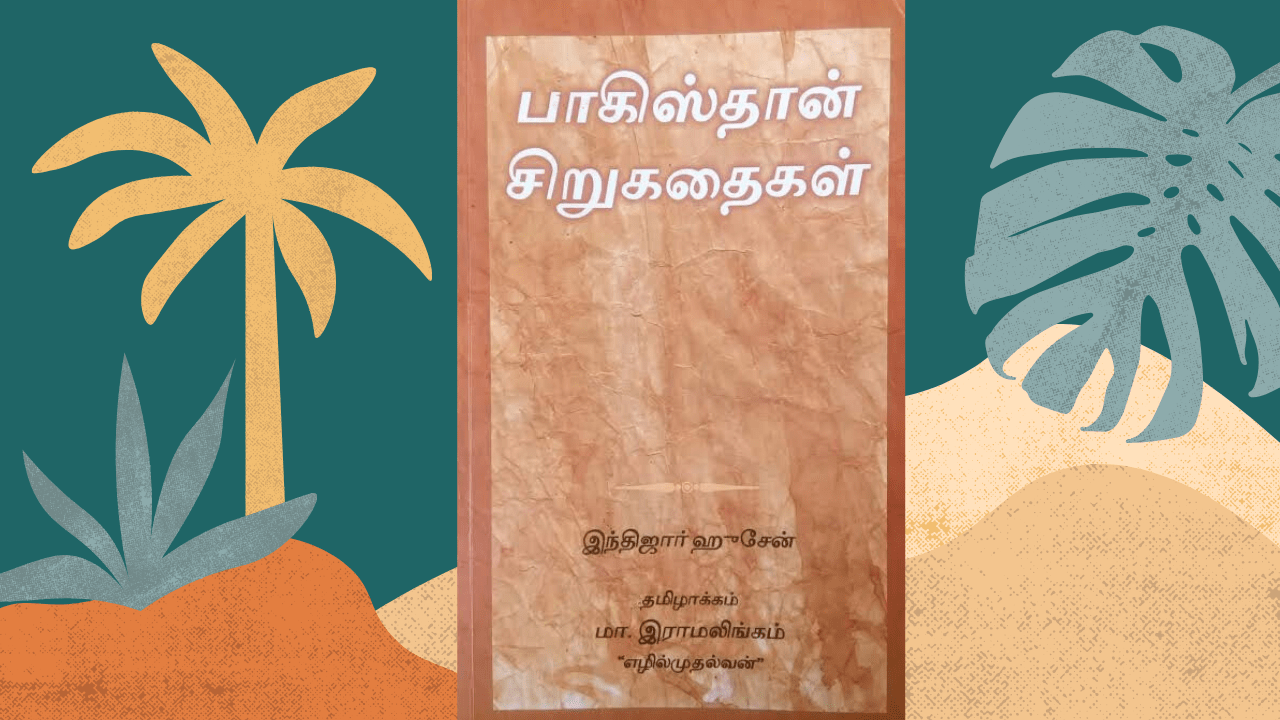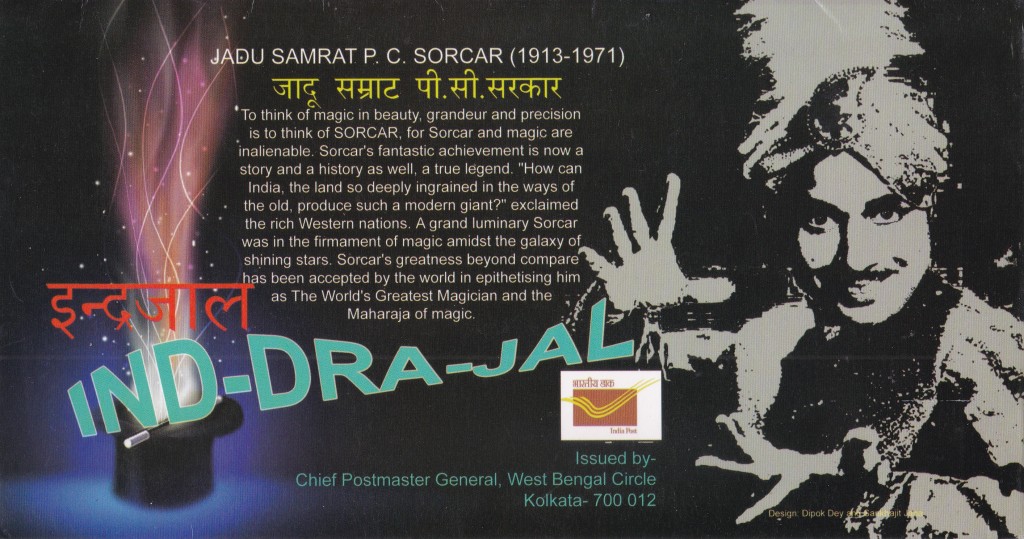In the art of storytelling, be it the bedtime stories for children or the written records of history, women have existed but behind the veils, as the shadows of their male counterparts. Often it’s the king who comes before the queen; there have been superheroes and not superheroines. In the Indian context, of both the Hindu and the Muslim rulers, it was not considered dignified and at times even rude, to write or talk about the royal women who kept a decorous distance from the outer world, thus leaving us with the obscure account of their identities.
However, the book ‘Daughters of the Sun’ by Ira Mukhoty takes an exceptional path to look beyond the fine Muslin pardahs of the great Mughal Empire and rediscover its women – ‘Haramam’ or ‘Zenana’. The book takes us through a 200 years long journey dating back to the times of Babur in 1500 till the reign of Aurangzeb, uniquely focusing on the lives of the mothers, wives and daughters of the dynasty and their influence.
We are more familiar with the valor, ferocity and prudence of the Mughal kings but the book introduces us to the immense respect they had for their women not just for the sake of it but they were indeed worthy enough to be treated at par. They were as empowered as the kings themselves.
All the emperors looked up to them and sought their advices in the matters of diplomacy and administration. Khanzada Begum, Babar’s elder sister readily sacrificed herself to marry their rival to pacify the wrath befallen on the kingdom. Jahanara Begum, Shah Jahan’s daughter was designated as the Padshah Begum of Hindostan (the highest position for a woman at that time) at the age of 17 after the death of her mother. She dedicated her entire life to build the empire like never before. Not only did she assist her father in the administration but built a new capital known as Shahjahanabad, now part of the present day capital of India. Though the city bears the name of the king, but it was the princess or Sahiba as she was fondly called who took initiative to build the famous Red Fort, Chandni Chowk and many more monuments under her supervision.
When we think of monuments, many in the present day India can be credited to their diligent effort to leave the mark of their opulence, authority and love. Humayun’s first wife Bega Begum built a magnificent mausoleum in his remembrance, known as the Humayun’s Tomb to all of us. Noor Jahan regarded as the most wealthy woman in her times, built I’tim?d-ud-Daulah tomb in honour of her father who was a respectable courtier in Jahangir’s court. This piece of art turned out to be the inspiration for Shah Jahan to build the world renowned, Taj Mahal. The women were not just spending to build these extraordinary architecture but were also very active in trade. Most of them had ships in their names and the English and the Portuguese had to take permission from these powerful women to trade in India. Noor Jahan even had a seal of her name on the coins. Involvement of women in trade and decision portrays their ability to share power equally to run a huge kingdom.
The Mughal daughters since their childhood were well schooled and taught in different languages like Persian, Turki and later on Hindostani; thus producing erudite daughters like Gulbadan, Jahanara who grew up to write the memoirs of their empire. Not just the blood relations, but the milk mothers nurturing the royal kids were given special importance in the Zenana, sometimes even treated above the mothers themselves.
The Mughals since their inception have always been peripatetic. It was the women of the clan who always kept the Timurid culture alive in the foreign lands. They were home to these warriors. The women have also travelled alone without their husbands crossing oceans and taking the arduous journey to Mecca, hence creating an undeterred identity for themselves. They were beyond the boundaries separating men and women.
The book filled with such remarkable stories also elegantly takes care of the preceding circumstances, so the reader gets acquainted of the environment that the women were living and thus, is able to better understand their decision making. In other words, reading it would be no less than sitting in a Mughal tent full of timurid shahzadis and listening to the stories of their opulent and peripatetic lives – their role in shaping the Mughal era-of what they won, lost and brought to this land to make it the great Hindostan.
About the Author: Bhumika Soni is a literature enthusiast working in the field of data analytics, she has always found words more charming and powerful than numbers. Still searching for The Enchanted Tree created by Enid Blyton to travel to various magical worlds. She loves spy thrillers and Ruskin Bond stories.























 When a 23-year United Nations’ veteran with experience at the Office of the United Nations High Commissioner for Refugees (UNHCR) and UN for Peacekeeping writes about the colonial hegemony of England, how could you refuse? After his famous
When a 23-year United Nations’ veteran with experience at the Office of the United Nations High Commissioner for Refugees (UNHCR) and UN for Peacekeeping writes about the colonial hegemony of England, how could you refuse? After his famous



 Set against the backdrop of the Red Death, a fictitious plague-like disease ravaging the populace in the kingdoms of Prince Prospero,
Set against the backdrop of the Red Death, a fictitious plague-like disease ravaging the populace in the kingdoms of Prince Prospero, 


